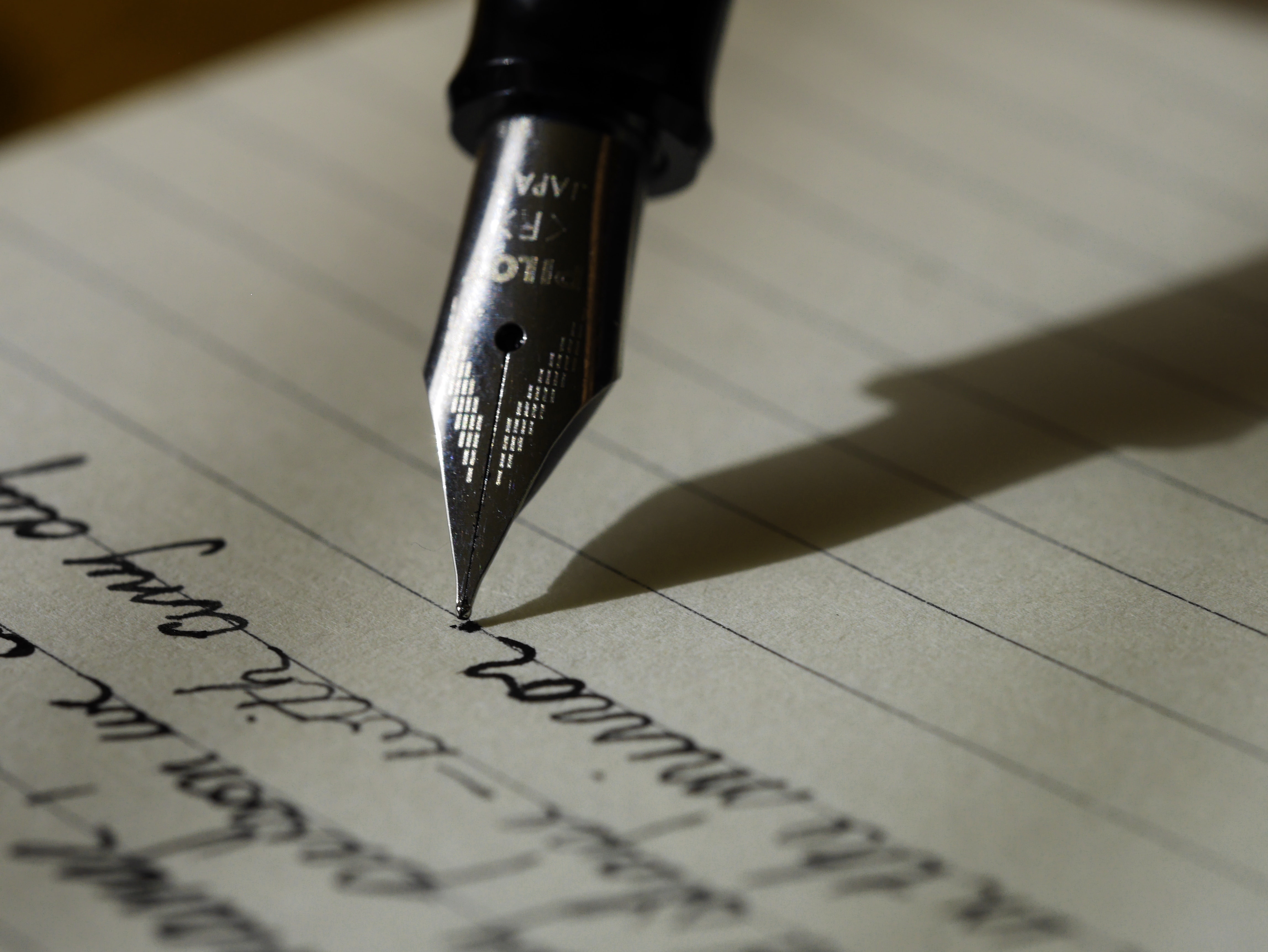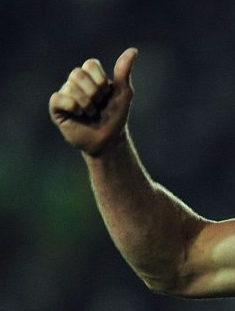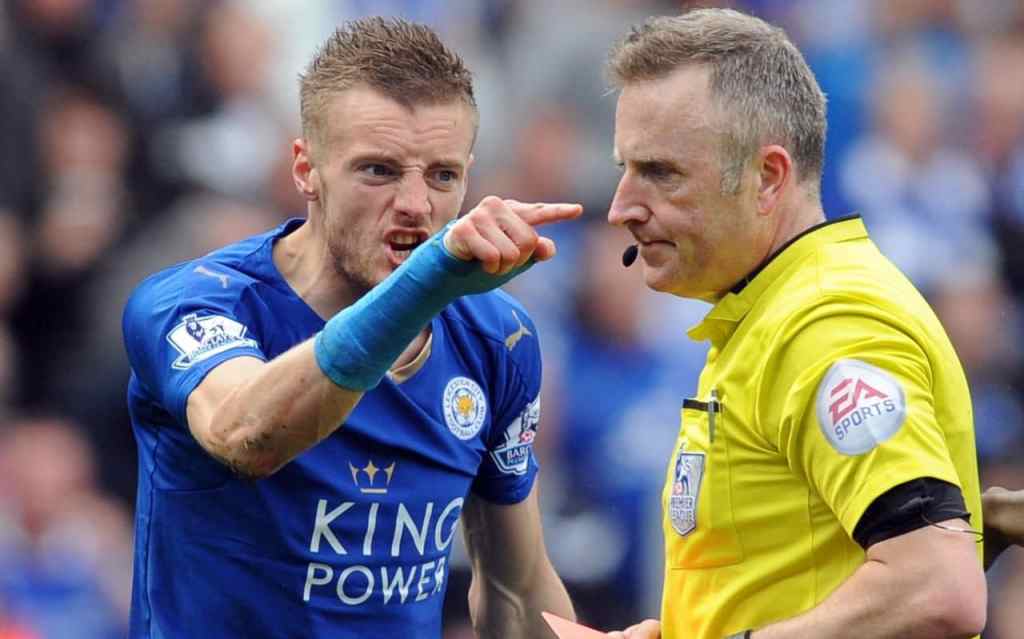“Their body languages don’t look good,” said the commentator, “I don’t think the Sharks can come back and win this game.”
Body languages?
What is he saying? Does he not speak English? I enjoyed a laugh at the expense of the Australian rugby league commentator before I realised two things:
One, he’s a former rugby league player so we should not expect a high standard of elocution.
Two, he has a point. People do speak body languages. Non-verbal communication is essential to conveying a message in any language, and this aspect of communication can differ between languages, cultures and even sub-cultures.
Eye contact
Eye contact is considered essential and important in many ‘western’ cultures. It shows respect to the other speaker plus confidence and trustworthiness. This is not the case everywhere in the world.
In some Indigenous Australian cultures, it is common for people not to make eye contact, especially when a young person is speaking to an elder. The young person is supposed to defer to the older person and to show their respect by avoiding eye contact. Many Indigenous Australian youth, especially those living in more remote communities, are often taught explicitly how to make eye contact when doing mock job interviews.
Pointing
Pointing with the index finger is forbidden in some cultures. Muslims do not point with the index finger, but instead use the thumb on top of a closed fist to point something out. It makes you feel like a politician driving home a point at a press conference.
The Wrist Shake
Raise your arm about 90 degrees, bend your elbow, open your hand and shake your wrist vigorously. You can now demonstrate to people in Brunei and Malay cultures that you don’t know, can’t remember, don’t have…or don’t care. If you’re a student in an English class in Brunei, you can use this to tell your orangputih (white person) English teacher that you can’t be bothered to reply to him in English.
The hand shake
“Shake like a man”
Grip the other man’s hand firmly, look him straight in the eye and shake hands confidently. Do this in western cultures, but not in Malay cultures. Instead, slip your hand softly into the other person’s hand and rock it gently up and down. If you meet the Sultan, or another V I P, you might have to kiss that hand. Just hope your not the 998th person to do so.
Pout
If you don’t know something in the Yolngu lands of north-east Arnhem land in Australia, stick out your lower lip. Still in Arnhem Land, if someone asks you for directions, show them the way by pursing your lips and moving your head in the direction of travel. That’s right, you point with your lips.
In fact, if you grow up in the Yolgnu culture, you will learn how to conduct an entire conversation without words. Two female teachers demonstrated this during a teaching inservice.
An expert had flown in from Darwin to the community of Yirrkala to conduct a training session on how better to teach students with hearing problems, which are very common among Yolgnu children. To help teachers to empathise with students with hearing problems, the expert put headphones on the teachers and told them to communicate a simple message to their colleague – without using sound. The non-Aboriginal teachers stumbled, mimed and laughed their way through a miserably deficient dialogue, while two Yolngu women conducted an entire conversation with body language.
Don’t smile at me!
“Don’t you dare smile at me,” said the teacher sternly, “this is serious. Your behaviour was completely unacceptable. I said stop smiling, do you think this is a joke?”
The student didn’t think it was a joke. As a Chinese boy who had lived in China his whole life, he’d cultivated the habit of smiling or laughing to show shyness, embarrassment or humility. Unfortunately, the newly-arrived British teacher didn’t realise this and continued her reprimand with steam blowing out of her ears and veins popping out of her head.
The head wobble
Does that mean yes, no, maybe? Are you ignoring me, mocking me, agreeing with me. Is it a commitment, a promise that the task will be completed as requested?
I have no idea.
All I saw while working at the 2010 Commonwealth Games in Delhi, India, was a head wobble. No matter how many times I saw it from Indian staff, I had no idea what it meant. Sometimes it was subtle, sometimes it was a very pronounced wobble.
In my experience, shaking the head means no. In India, however, this wasn’t always the case. Sometimes the head shaker did complete the task. I was thoroughly confused most of the times I was greeted with a head shake. One thing I surmised, rightly or wrongly, was that the bigger the headshake, the less likely it was that the job would be done.
Count with your hands
Yi, Er, San…
The first five numbers are easy to display on one hand, but what about numbers 6 – 10? The Chinese have developed a handy system of communicating numbers with one hand when verbal communication is not an option. Be careful with number 8 though, it could look like you want to shoot someone. Also, don’t assume someone is trying to ward off the devil when they reach number 10.
Peace
Body languages don’t just differ between vastly different cultures. Non-verbal communication can also cause a faux pas between speakers of the same language. George Bush Sr provided a classic example. During an official visit to Australia, the then president drove through a city in his official motorcade and offered the crowd the two-fingered peace sign, or what he thought was the two-fingered peace sign. He put his fingers around the wrong way and showed the back of his hand to the crowd. In Australia, holding up two fingers in this way means ‘up yours’, ‘bugger off’, ‘go away’ or ‘piss off’. It’s just one step down from ‘giving the bird’.
Social media
Body languages do not exist on social media. Emoji’s have attempted to replace non-verbal communication across these platforms but they simply cannnot transmit the same level of meaning. Furthermore, even an emoji can have different meaning in different contexts – and I’m not just talking about fruit emojis and their attendant innuendo. I’m referring to seemingly innocent emojis such as the thumbs up symbol.
In my experience, the thumbs up symbol is a succinct way of saying ‘I agree’, ‘everything is ok’, ‘problem solved’…However, a Brazilian friend did not interpret my thumbs up in this manner. In her experience, the thumbs up means
‘I can’t be bothered answering your message’
‘I don’t care enough to write a response’
‘I’m politely ignoring your message’
As the world becomes consumed by mass media and people live more of their lives online, what happens to body language?
Body language is vital to communication. It can involve the use of the hands, the head, the eyes or even the lips. It can be enlightening or confusing, and it differs greatly between cultures and within cultures.
How many body languages do you speak?
Image:www.telegraph.co.uk



2 responses to “How Many Body Languages Do You Speak?”
Kieran, you are awesome! Why didn’t I read this wonderful text before to comment with you? I won the week with your words! Very cute! You can use the “like” whenever you want … now I learned and understand you!
😊❤️👍
LikeLike
My daughter in law used to work at a customer care area in a big company in Europe. And the demands by message from Brazilian were always with big amounts of emojis, including different types of hearts, Kisses, hugs etc. All of that to show gratitude about the attention of the attendants.
During the regular meetings to report the key performance indicators for bosses, some cases were showed in highlight and they couldn’t understand all that emojis sent from customer to unknown person. They thought weird, but this is Brazilian style in general, specially among some specific public, such as teenagers and other.
Currently, the wave is stickers. I confess that I love to post it in messages… Although I’m not teenager, far from that… just my style to show kindness. Except the thumbs up symbol. 🤗
LikeLike